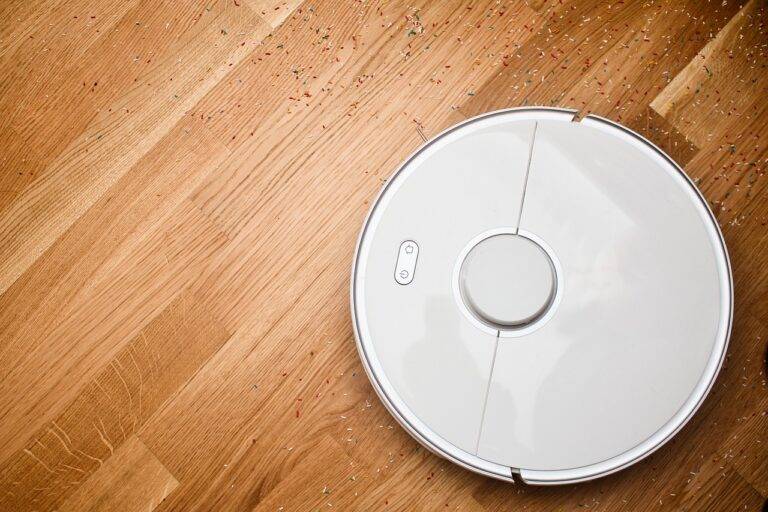How 3D Printing Is Revolutionizing Manufacturing
3D printing, also known as additive manufacturing, traces its origins back to the 1980s when Chuck Hull created the first-ever 3D printing technology called stereolithography. This groundbreaking invention revolutionized the traditional manufacturing processes by allowing for the creation of three-dimensional objects layer by layer. In the following years, other techniques such as selective laser sintering and fused deposition modeling were developed, further expanding the capabilities and applications of 3D printing.
As the technology advanced in the early 2000s, 3D printing became more accessible to a wider range of industries and individuals. The ability to prototype and produce customized objects quickly and cost-effectively has led to its widespread adoption in various sectors, including aerospace, automotive, healthcare, and consumer goods. Today, 3D printing continues to evolve rapidly, with new materials, techniques, and applications constantly being developed to push the boundaries of what is possible in the world of manufacturing.
• Stereolithography, invented by Chuck Hull in the 1980s, was the first-ever 3D printing technology
• Selective laser sintering and fused deposition modeling were developed in subsequent years to expand capabilities
• 3D printing became more accessible in the early 2000s, leading to widespread adoption across industries
• Industries such as aerospace, automotive, healthcare, and consumer goods have embraced 3D printing for prototyping and customization
• Constant advancements in materials, techniques, and applications continue to push the boundaries of manufacturing with 3D printing
Advantages of 3D Printing in Manufacturing
3D printing in manufacturing offers numerous advantages that are transforming the way products are designed and produced. One key benefit is the ability to create complex geometries that traditional manufacturing methods cannot achieve. This opens up new possibilities for creating intricately designed components that are lightweight yet strong, ultimately leading to enhanced product performance.
Additionally, 3D printing enables rapid prototyping, allowing manufacturers to quickly iterate designs and test ideas without the need for expensive tooling. This flexibility not only reduces time to market but also lowers costs associated with traditional prototyping methods. Companies can now streamline their product development process and respond more efficiently to customer feedback, giving them a competitive edge in today’s fast-paced market.
Types of Materials Used in 3D Printing
In the realm of 3D printing, a wide array of materials are utilized to bring digital designs into tangible objects. Plastics, particularly PLA and ABS, stand out as some of the most common materials in 3D printing due to their cost-effectiveness and ease of use. These thermoplastics can be melted and shaped multiple times, making them ideal for additive manufacturing processes.
On the other end of the spectrum, metals like titanium, stainless steel, and aluminum are gaining prominence in industrial 3D printing applications. These materials offer high strength and durability, making them suitable for producing functional prototypes and end-use parts with precision. Metal 3D printing technologies, such as selective laser melting and electron beam melting, enable the creation of complex geometries that would be challenging or impossible to achieve through traditional manufacturing methods.
What is the history of 3D printing?
3D printing, also known as additive manufacturing, was first developed in the 1980s. It has since evolved and become more widespread in various industries.
What are the advantages of 3D printing in manufacturing?
Some advantages of 3D printing in manufacturing include faster production times, cost-effectiveness for small production runs, and the ability to create complex geometries that would be difficult with traditional manufacturing methods.
What types of materials are commonly used in 3D printing?
Some common materials used in 3D printing include plastics, resins, metals, ceramics, and even food-based materials. Each material has its own unique properties and applications in the 3D printing process.





